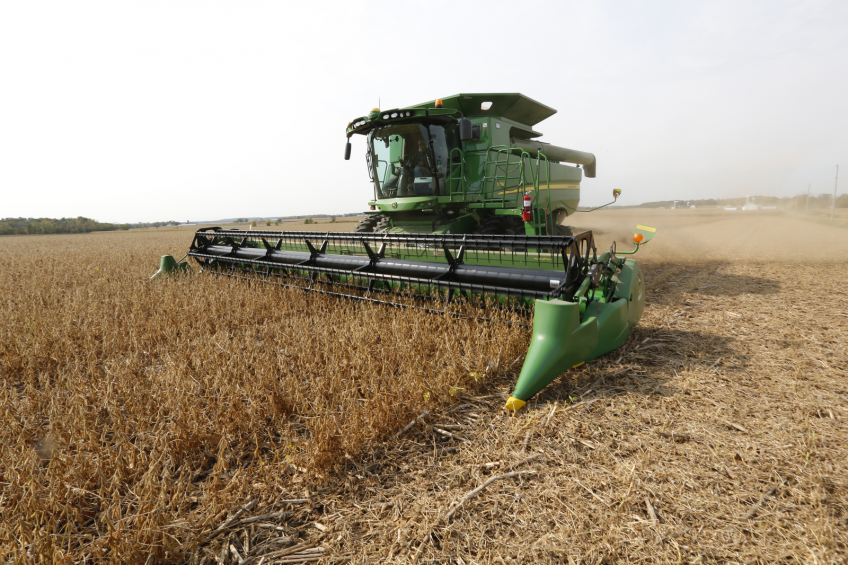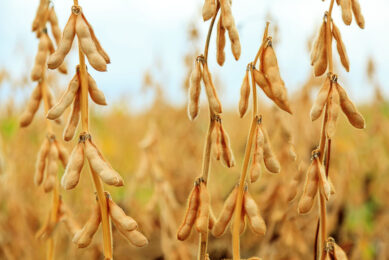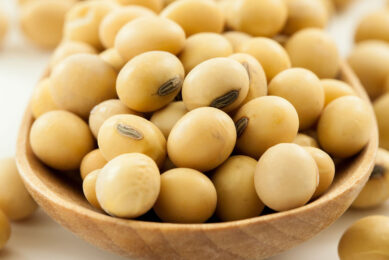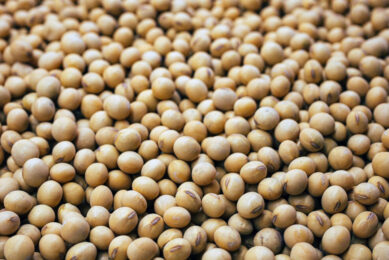Price of soybeans spikes 25%

Severe rainfall in Argentina and – to a lesser extent – drought in Brazil has led to a rise in soybean prices by nearly 25% compared with the beginning of 2016. At least that is what the Chicago commodity market futures for July indicate. Argentinian farmers lost some 1.5 million hectares in recent floods, which will drastically reduce the country’s exports of soya and corn to the world market.
On the Chicago Mercantile Exchange, soybean futures (July contract) traded as high as US$10.90 per bushel, or €352 per ton. That is the highest quote in the past 1.5 years. Yet it is not the floods in Argentina alone that are behind the current price hike. It is also the high demand from China. The country will import 82 million tons of soybeans this growing season. For comparison, 10 years ago the European Union was the world’s biggest importer, buying ‘only’ 17 million tons. China is also lowering the intervention price for corn to shift local production from maize to soya. Yet that will only take effect next season. On top of the 1.5 million hectares lost in Argentina, a dry spell in Brazil is leading to lower harvest forecasts there.
Price is volatile
The price of soybeans is very volatile because there are only three countries that export the product in sufficient quantities. The US, Brazil and Argentina supply the bulk of soya to the world market. If anything happens in one of those countries, it has a big effect on pricing. The disappointing soya production in Argentina and Brazil also made it into the first Wasde-prognosis of the American Department of Agriculture (USDA) for the 2016/2017 season. The lower production of the current growing season, the first lower yield in five years, will shrink the stocks at the beginning of next season. According to the Wasde estimates, the production of soya, at 324 million tons, will be surpassed by soya usage, at 328 million tons.
Soybean price on the rise
future contract July 2016 Chicago commodity exchange, in dollar cents per bushel.

The end-of-season stocks will shrink to 68 million tons, the lowest amount in three years and less than expected earlier by traders, who forecast at least 73 million tons. That said, Rabobank experts say the current price spike is an overreaction. The analysts state that it is too early to give a reliable estimate for the 2016/2017 season because the seed material will only go into the soil in a few months’ time. “If there are no weather abnormalities in the new season, the Chicago quotes will come down again,” Rabobank states.
Corn and wheat
The high price of soya supports the price of corn and wheat, both of which are available in plenty. The USDA expects that the use of corn in 2016/2017 will be just 1 million tons higher than the production of 1.011 million tons. Stocks will shrink to 207 million tons, with a stocks-to-use ratio of 20%. On the wheat front, stocks will surge to record amounts. The USDA foresees a production of 727 million tons, 14 million tons more than the world needs. By the end of the season, stocks will grow to 257 million tons, with a stocks-to-use ratio of 36%, compared with 20% 10 years ago. These large stocks will exert downward pressure on the quotes. But in Europe the price level is being supported by extra demand from Northern Africa, which had a disastrous harvest in 2015.
[Source: World Poultry magazine. Volume 32.5 – 2016]













